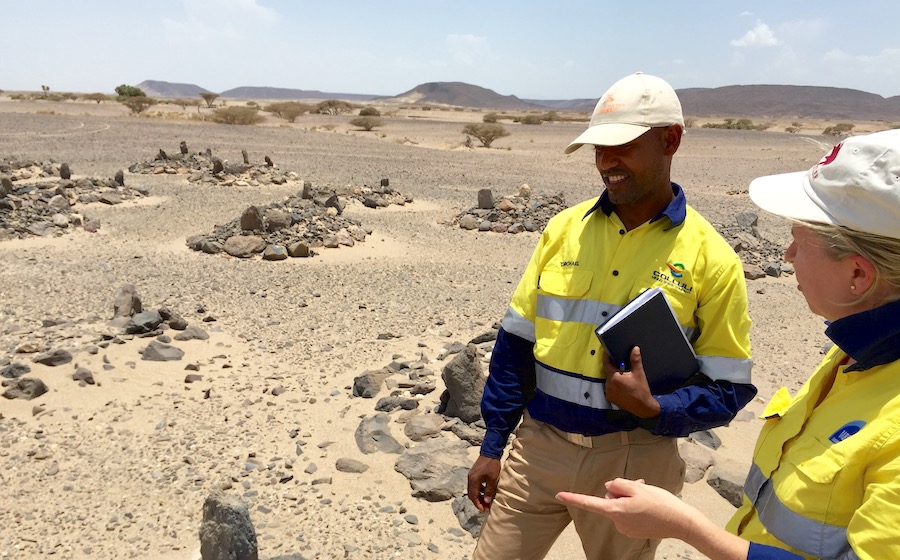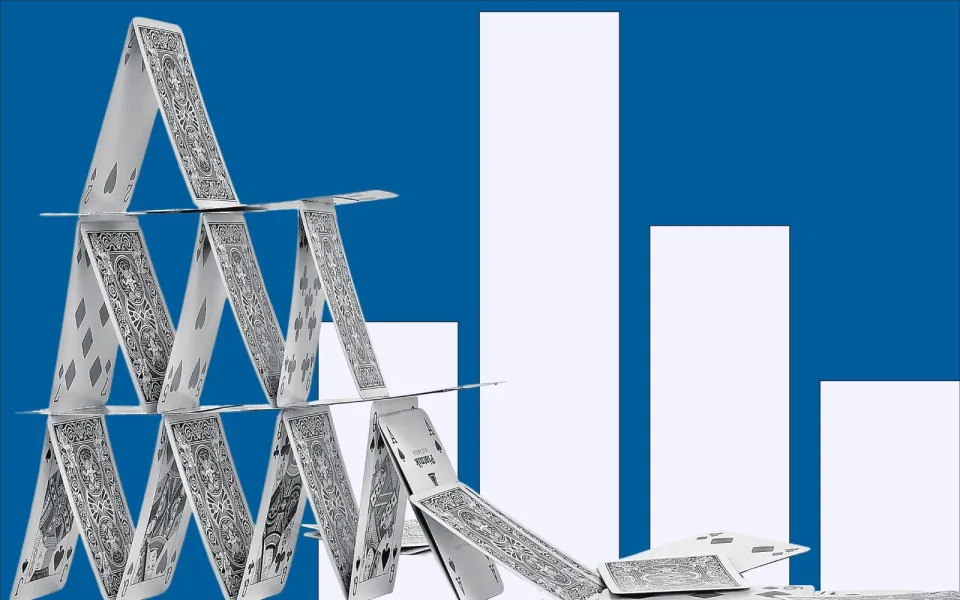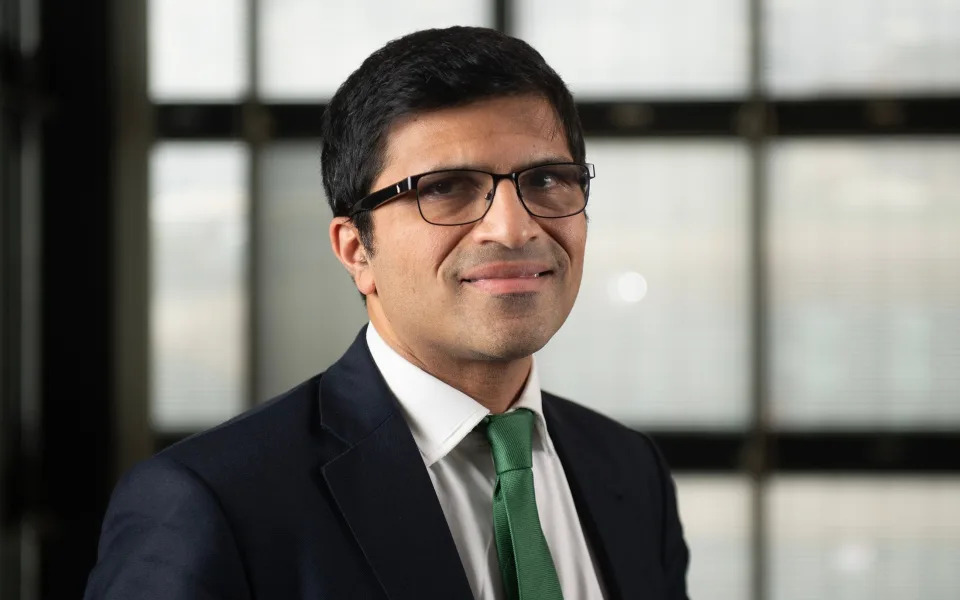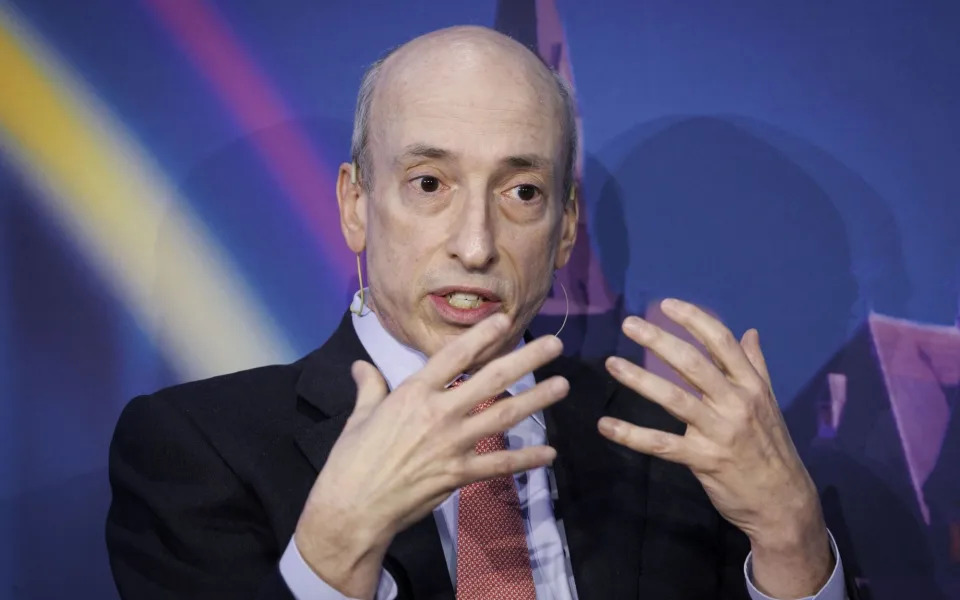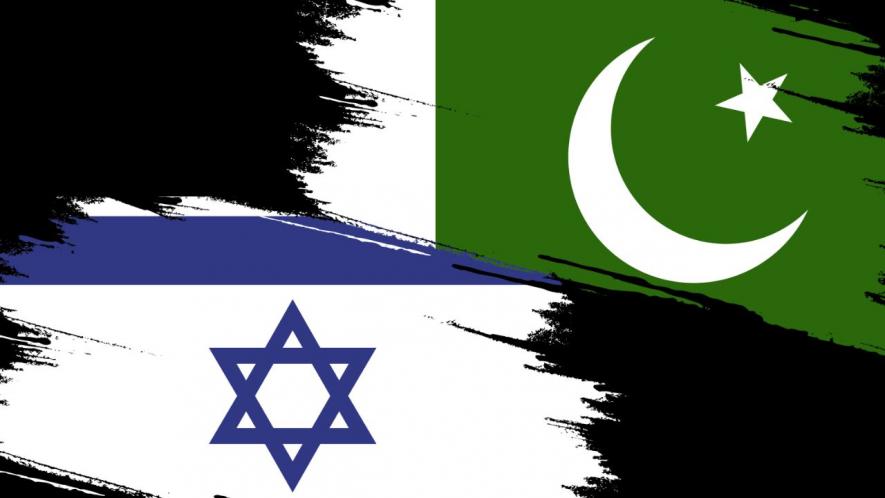“This is (also) the story of an army that had a state,” wrote the celebrated Israeli journalist Gideon Levy in Haaretz in July, “Along came a government that acted to overturn the orders of the government in the army’s state, whereas the army rose in protest against the government.”
The script, with some differences, is so familiar to the Pakistani audience that had it not been written by Gideon Levy, it would have been received as a write-up of a Pakistani columnist for whom the horrors of life in a praetorian state outweigh the horrors of death; hence, he has opted to write the last column before committing hara-kiri.
Israel and Pakistan are security states where the critique of the army is taboo. However, those calling a spade a spade are tolerated and sometimes celebrated in Israel if they are white Jews, a privileged species whom even the generals do not dare touch. However, that takes nothing away from the heroic efforts of Ilan Pappé, Israel Finkelstein, Levy, and Amira Hass.
On the other hand, Palestinian journalists are seen condescendingly as lowly creatures. They can be harassed or killed in cold blood without consequences. The gory murder of American-Palestinian journalist Shireen Abu Akleh by an Israeli army sniper is one example.
Pakistan, run by inscrutable decrees of the Praetorian guards, has an altogether different tolerance level. Nonconformist writers, thinkers, and activists disappear into the mist of the night, and sometimes in broad daylight, to be found as mutilated cadavers. “Talk’st thou to me of ‘ifs’? Thou art a traitor—Off with his head,” Shakespeare succinctly sketched in his portrait of an oppressive society quivering in the clutches of peripheral capitalism and native civil-military bourgeoisie.
The ‘invincible’ Pakistan Army had its raw moments when it licked the dust and its wounds, turning it even more vicious at home. The war in East Bengal became its Dien Bien Phu. Humbled, it came to terms with the Bhutto-led civilian leadership. The assassination of Osama bin Laden at Abbottabad by the US Marines came as a rude shock from the ally. The recent momentary grief struck when Imran Khan—the Frankenstein created overnight—found himself on the crest of his popularity, forcing his mentors to concede some transitory space for the civilian leadership. It culminated in extracting a rare apology from the army high command for meddling in politics.
The pledge to remain apolitical was a mirage from the beginning. The dominant institution controlling the means of production is under no compulsion to yield to the demands of the Pakistani people. Unlike the Israeli army, it needs no histrionics of going on strike, for it can strike contemptuously with all its might, not against the enemy but its own people. Leaving the jargon of independence aside, the people of Pakistan replaced the yoke of British colonialism with the fetters of “cantonment colonialism,” a term leading Pakistani economist Qasar Bengali coined.
Despite no formal diplomatic ties, Pakistan and Israel share many similarities. If Pakistan was created based on the Two-nation Theory, the Palestinian land was cleaved to be presented to a mere 6% of the Jewish population to build its homeland under a sham of a two-state solution. If an agnostic Jinnah used the religious card to materialise his dream state, David Ben-Gurion, a self-proclaimed atheist, waved the bible in the United Nations to justify creating a state promised to him by a certain God in whom most of the Zionist lobby scarcely believed.
In 1971, the Two-nation theory had the kiss of death. A new rump Pakistan, a land of the “blessed people”, was born with a new ideology. Cultural Islam gave in to political Islam based on rituals and medieval traditions. Islam, devoid of economic content, became a panacea of all ills. Vulture capitalism, packed in an Islamic facade, was imposed on people.
Since its inception, Zionism has played the “chosen people” card. Gideon Levi said in a recent interview on Red Reality, “Our religion is that what we are allowed to do, no one else is allowed to do, our religion is that we are the chosen people…after the holocaust, Jews have the right to do whatever they want to do.”
Nevertheless, this fixation is common to every faith, whether it is a crusade, jihad, or a pretext for ethnic cleansing of non-Jews.
“You cannot be half-pregnant, even if you like to be, so you cannot be a half-democracy, a democracy for one kind of people only,” Gideon Levi said.
But Pakistan has never been a democracy. Ailing from an aborted form of democracy, lately described as a hybrid experience, Pakistan is run by plutocracy or praetoriocracy. The Israeli democracy is equally farcical, not only for a lack of economic content but for shutting its doors to the millions of Palestinians in occupied territories and within the Israeli state. The recent uprising in Israel—remaining completely indifferent to the Palestinians’ genocide—denotes the dictatorial nature of its democratic facade. The guillotine set forth against the Palestinians has come home to teach a lesson or two to the perpetrators.
If, in the last three-quarters of a century, Pakistan failed to develop into a nation-state—a bourgeois concept or construct—Israel has no intention of becoming one. Countries born from the womb of intolerance, religious bigotry, and racial supremacy cannot absorb and assimilate citizens of different ethnic, religious, and linguistic backgrounds. Pakistan, failing to assimilate ethnicity, created a fictitious identity of a Muslim Ummah, forgetting that Islam is not monolithic and modern Muslim-dominated states follow their own economic interests despite the common religion.
Israel hides behind the tattered veil of racial juggernaut, a hackneyed concept incommensurate to 21st-century capitalism where everyone is a buyer. Although Palestinians have been thrown out of the productive process, they are consumers of the exchange society and almost equal in numbers in what Eretz Yisrael called ‘Greater Israel’. They cannot be wished away.
Besides, nothing can take away from the heroic struggle they launch every day with their blood and tears. They haven’t defeated the enemy, Pappé says, but they have defeated defeatism, which is a great achievement. To cite Mahmoud Darwish, Palestinians have “triumphed over the plan to be expelled from history”.
It adds to the Israelis’ headache that many coloured Jews and non-Jews prepared to embrace Judaism from Africa also live in sundown towns in Israel as second-degree citizens. One can dream of building a white Ashkenazi ‘nation’ in the Middle East, but its materialisation will be the imponderable of history.
Israel and Pakistan were carved out in response to the objective historical needs of imperialism. Not that the Hindu bourgeoisie was indifferent to the Muslims’ socio-economic demands, but it suffered from soft Hindutva, a myopic religious version of hating all communities other than Hindus, ultimately culminating in Modi’s absolutism. The xenophobia of the Indian bourgeoisie gave ample boost to the Muslim petty bourgeoisie and landowning classes to flaunt the flag of a Muslim homeland. Backed by British colonialism, Pakistan became the front-line state against the Soviet Union and its allied progressive powers in the Middle East.
When Bolsheviks were turning the page of history, the Balfour Declaration gave birth to Israel. It was no coincidence. The hegemonic powers watched Marxist theory become contagious with hostility. Churchill declared the “sinister Bolsheviks as international terrorist Jews”. “A Jewish state under the protection of the British crown”, he declared, could thwart Trotsky’s alleged “scheme of a worldwide communistic state under Jewish domination”.
The Bolsheviks exposed the imperialist nature of the Balfour Declaration and the Sykes-Picot agreement.
After inflicting devastating blows on Arab neighbours, the Israeli state has closed its doors to a socialist transformation of Arab republics. The legacy of an iron-fisted control of monarchies in Saudi and Jordan and an authoritarian regime in Egypt can be retraced to the chaos created by the settler-colonial apartheid Israel in cahoots with its imperialist masters. Arabs are beasts, and “Israel is a villa in a jungle”, former Israeli premier Ehud Barak said. But who made the Arabs into beasts? The answer lies in the toxicity of David.
Pakistan and Israel also have dicey relations with neighbours. Pakistan has fought several wars with India, destroyed Afghanistan, and has a far-from-ideal relationship with Iran.
In 1967, without an ultimatum, Israel attacked Egypt, Syria, and Jordan, seizing control over East Jerusalem, the West Bank, Gaza, and the Golan Heights, which it occupies in brazen violation of UN territorial laws. Later, it destroyed Lebanon, only to be humiliated by Hezbollah in 2006. It bombs Syria regularly. The suffering and ethnic cleansing of the Palestinians is no secret.
Pakistan claims to be an Islamic republic, while Israel wants to become a strictly Jewish state. But neither has the Pakistani clergy found the definition of a Muslim, nor is there unanimity in the Israeli ruling class on the definition of a Jew. Pakistan’s innumerable religious sects have no consensus on the Muslim question. In this regard, Justice Munir Commission Report of 1954 is an eye-opener.
After several debates, the Israeli superior court defined Judaism as not religion but racial identity: A Jew can be an atheist unless he changes his religion, even if born to a Jewish mother. It’s quite a contradiction since having a Jewish birth mother makes one a Jew—an integral part of the Jewish race.
In Israel, the holocaust—which had no significance before the 1967 war—is non-negotiable, akin to the immutable facts that are Pakistan’s anti-blasphemy laws, a fetish that cannot be challenged in any court. Both are used as commodities. The Israeli government has directly or indirectly earned $86.8 billion from Germany alone in compensation for Nazi-era genocide.
The charge of anti-Semitism is also being deployed to stifle critiques of its barbaric campaign against the liquidation of Palestinians. Blasphemy is a hot commodity in Pakistan, a means to threaten and lynch one’s enemy or exploit religious minorities for monetary benefit. Like fascism, it is a cross-class phenomenon that can kill with democratic disregard the haves and have-nots, though most of its victims are subaltern and middle-class intellectuals. “The mindless pastime of beating people to death confirms the drab existence to which one merely conforms,” wrote Adorno.
Despite the aura of becoming a technologically advanced country, Israel thrives on American taxpayers’ aid worth $3.8 billion per annum. It sells the world advanced weaponry tested on hapless Palestinians, but like the South African apartheid regime—which possessed nukes—it can only survive on the unconditional support of the United States, whose global outpost it is.
The flight of capital, which has started in Israel after the judicial tussle, is a lethal instrument with the imperialist powers to bludgeon the Global South into submission. “It transpired that the neo-liberal, capitalist system has no reason to invest in the state of Judea [latter-days fascist Israel led by Netanyahu and his far-right clique] if indeed it replaces Fantasy Israel. International financial corporations and the international high-tech industry regard states such as Judea as unstable and risky destinations for foreign investment. In fact, they are already pulling their funds and investments away from Israel,” Pappé wrote in July.
The Pakistani ruling classes made hay during the Afghan jihad under Pakistani Pinochet Zia and Musharaff’s regime when it yielded unconditionally to a single threat from Richard Armitage. Once the Afghan adventures were over, Pakistan lost its geopolitical advantage. The United States left an unemployed army in a country with nukes in the lurch. The nukes have fallen on its people; they are the mutations. Pakistan is a failed state, and, intriguingly, the question of its creation is becoming an existential one.
Amnesty International, B’Tselem, Human Rights Watch, and other human rights organisations declare Israel an apartheid state, a machine that “mows” the Palestinians. It builds the wall, segregates the people, commits infanticide, passes and ruthlessly acts upon racist laws, and builds concentration camps and open-air prisons.
The Pakistan Army massacred its East Pakistani citizens and now perpetrates violent attacks on its Baloch subjects, creates religious auxiliaries to crush movements demanding socio-economic change, snatches land from peasants, and changes governments on whims. Everything is done in the name of securing geographical and religious boundaries. The insinuation and permeation of political Islam, a Mamluk-style tributary mode, in Pakistan, would have been impossible without help from the US-Saudi-Pak Army nexus.
The jihadi culture bred Taliban, al-Qaida, ISIS and other terrorist groups; many fought as proxies of the American empire in Libya, Syria, and African countries. Under American tutelage, Pakistan has regressed into a terrorist-exporting state.
The state terrorism of Israel is an existential reality its ruling class does not even care to conceal. It takes pride in the hideous crimes against Palestinians. The Indian ruling class has learnt many tactics from its Israeli friends, and it may preach pragmatism, “But it is difficult to see,” as Robert Fisk wrote in 2019 in The Independent, “How Zionist nationalism will not leach into Hindu nationalism when Israel is supplying so many weapons to India.”
Hope for these states depends entirely on their people. If they do not wake up to the fetters of the metropolitan capital and their native bourgeoisie, and realise no nation is free that enchains another, there is no hope.
The writer is an Australia-based academic and has authored books on socialism and history. The views are personal.
